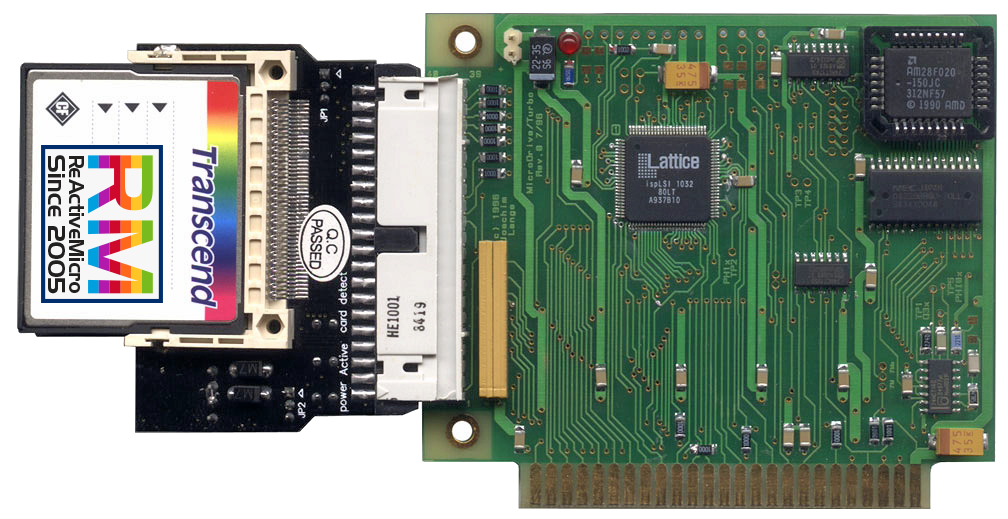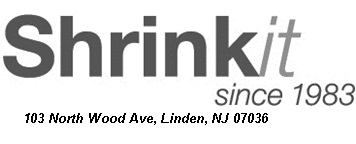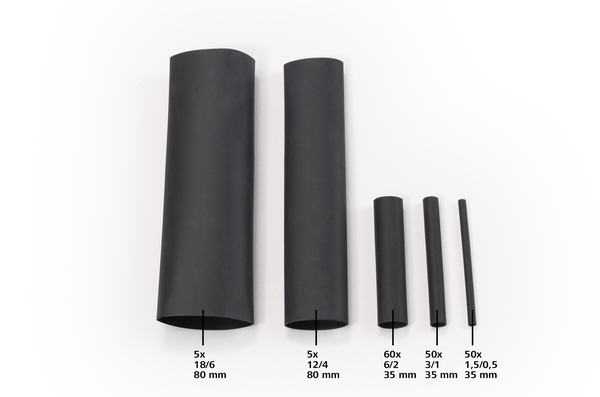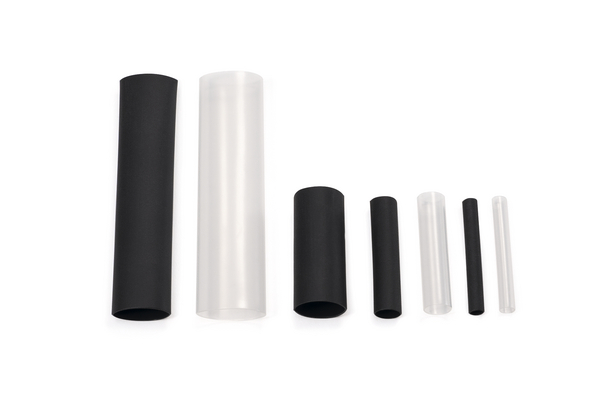

Then, the bytes of that assembly code had to be sent as hex digit pairs (i.e., 20 00 BF 65 10 03 04, etc.), since anything shared between the computers had to be in printable ASCII codes. That was fine, unless the program had some machine language parts added on. In its simplest form, an Applesoft or Integer BASIC program might be “downloaded” (sent from the BBS to the calling computer) by simply doing a “LIST” of it. The ability to transfer files from one Apple II to another has evolved over time.

#Gs shrinkit software#
But one particular use of a BBS that made it popular was as a file repository, a place where users could share software they had written. Others had a theme, such as games, programming, or just general upkeep and use of the Apple II.

As with Christensen’s CBBS, some used it as an online meeting place for user groups. There were many reasons for running a BBS. The system operator (“sysop”) who owned the computer and paid for the phone line used by the BBS was responsible for maintaining the software and the message databases, usually leaving this dedicated computer available for callers 24 hours a day. As with the original CBBS system, the software used for running Apple II BBSes became more complex over time, allowing file uploads and downloads (to and from the host computer), online games (text-based), and participation in online surveys. A program running on this computer would then allow the calling computer to do various things, such as reading messages left by other users and posting replies for others to read. When it rang, the computer would answer the phone and establish two-way communication via the modem. Although not run on an Apple II, the event is significant because it was the start of a phenomenon that expanded to include nearly all models of personal computers, and ran strong for over fifteen years, finally waning in popularity because of the rise of the Internet.Ī typical BBS consisted of a single computer that was always turned on, waiting to answer the phone. With time it evolved into a more sophisticated system, allowing exchange of files and other features. The CBBS began in February 1978, and at first was no more than a computerized version of the club’s paper-and-thumbtack message board.

It was designed by Ward Christensen and Randy Suess of the Chicago Area Computer Hobbyist Exchange (CACHE), an early microcomputer user group. The first recorded use of a home computer for the purpose of hosting such a message system was the Computer Bulletin Board System (CBBS) in Chicago, which ran on a Vector 1 computer (an Altair clone). These message systems, which became known as “bulletin board systems” (BBSes), were started almost as soon as the first generation of home computers became popular. Although some needed to use their Apple II simply as a home terminal to access a school or business mainframe or timesharing system from home, many users created their own self-contained dial-up message systems. Although some inexpensive imaginative methods have been employed (such as A.P.P.L.E.’s “ Apple Box” that used the cassette port to send and receive programs via the phone line), the release of the DC Hayes Micromodem II for the Apple II in 1979 and the Novation CAT in 1980 made it possible for a new type of computing. Since the earliest days that it was available, there have been Apple II users who have found ways to connect to other Apple II computers over the phone.


 0 kommentar(er)
0 kommentar(er)
